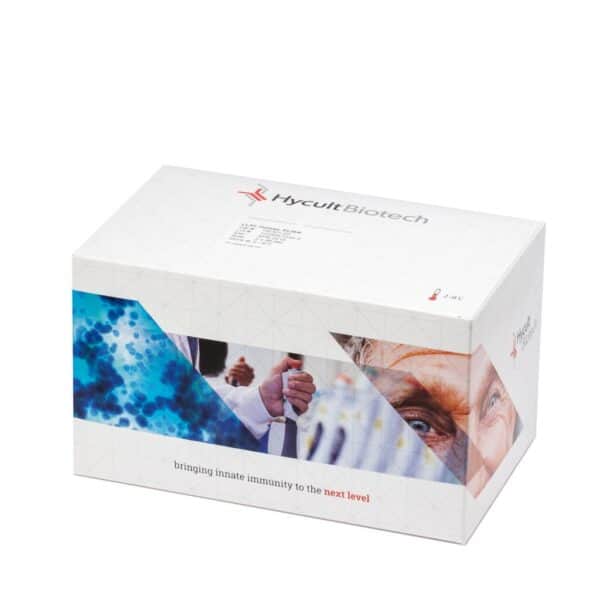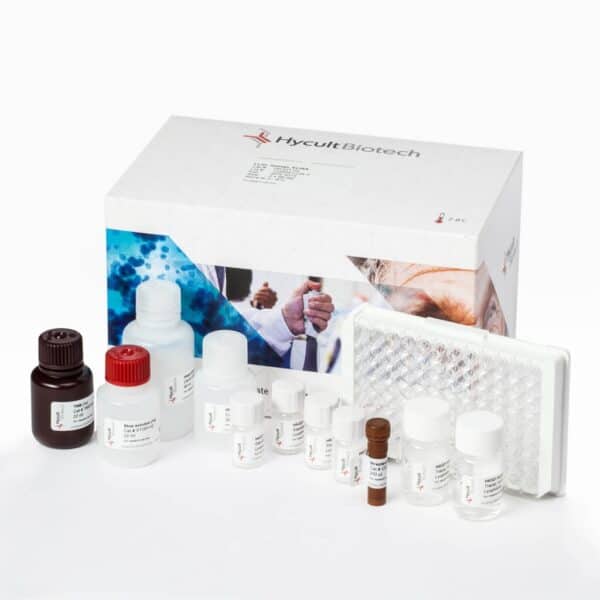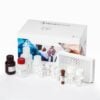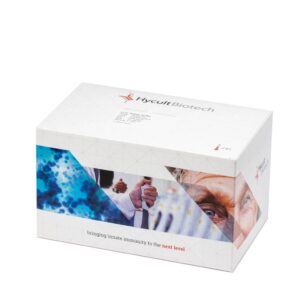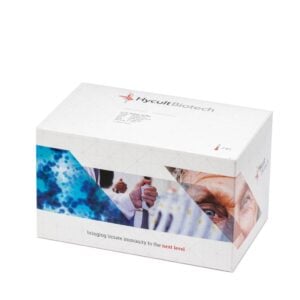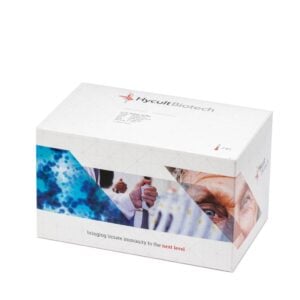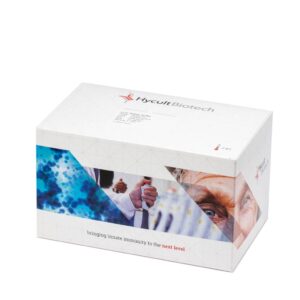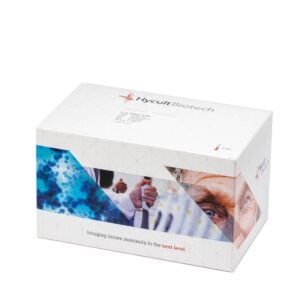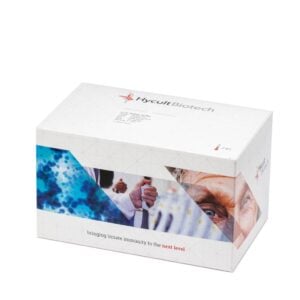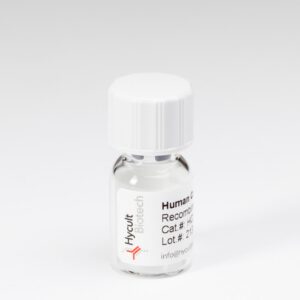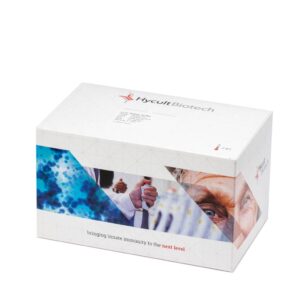Fecal Calprotectin, Human, Rapid ELISA kit
€756.00
Calprotectin, also known as S100A8/A9 heterocomplex, is formed out of the calcium-binding, migrating proteins S100A8 and S100A9. Calprotectin is a calcium- and zinc-binding protein complex composed of 8 and 14 kD subunits and complex formation is calcium dependent. Neutrophils are the main producers of calprotectin, but expression has also been found in monocytes, macrophages and ileal tissue eosinophils. Altogether, S100A8 and S100A9 proteins contribute to approximately 40–60% of the soluble, cytosolic content of granulocytes. Calprotectin has antibacterial, antifungal, immunomodulating and antiproliferative effects. Elevated concentrations of calprotectin can be measured among others in plasma, synovial fluid, urine and feces. The presence of calprotectin in feces quantitatively relates to neutrophil migration towards the gastrointestinal tract.
Calprotectin is therefore considered a reliable biomarker for intestinal inflammation throughout the gastrointestinal tract. Calprotectin in feces is stable for several days and even longer at 4 °C. Consistently higher fecal calprotectin levels have been reported in both adult and pediatric patients with IBD compared to IBS or healthy controls. Raised levels of the protein indicate presence of luminal white cells. Such finding indicates that the intestine is inflamed, although the type of inflammation is not defined.
The ELISA is a single incubation step reaction. After this incubation the wells are filled with substrate. The obtained color intensity is proportional to the amount of calprotectin in your sample. The amount of calprotectin can be calculated based on the standard curve of calibrated native calprotectin. The test performance is assured by the addition of a high control and a low control.
You may also like…
-
View product €756.00 – €1,223.00
-
View product €756.00 – €1,223.00
-
View product €688.00 – €1,127.00
You may be interested in…
-
LBP, various species, ELISA kit
Cross reactivityBovine – Yes, Canine – Yes, Chimpanzee – Yes, Cynomolgus monkey – Yes, Human – Yes, Rabbit – Yes, Rat – Yes, Rhesus monkey – Yes, Sheep – Yes, Swine – YesView product €1,099.00 -
View product €825.00 – €1,359.00
-
View product €1,450.00
